Frog orchid
This unassuming orchid is easily overlooked. It is found patchily across the UK, but has been declining for decades.
Want to learn more about wildlife near you? You're in the right place, search below and discover the nature you can help protect in Kent.
This unassuming orchid is easily overlooked. It is found patchily across the UK, but has been declining for decades.
Frogbit looks like a mini water-lily as it floats on the surface of ponds, lakes and still waterways. It offers shelter to tadpoles, fish and dragonfly larve.
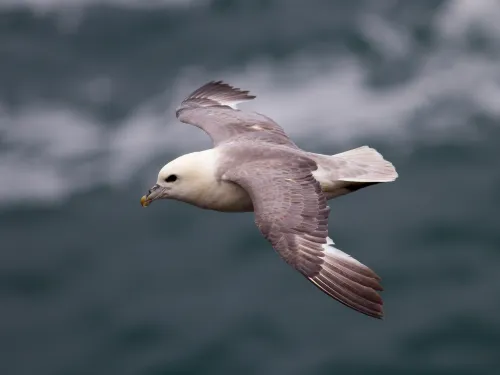
Related to the massive albatross, the fulmar is a gull-like bird that nests on rocky cliff edges. Don't get too close, though - it spits a foul-smelling oil at intruders.

The gadwall is a dabbling duck, feeding at the surface of shallow water by 'upending' - putting its head down and its bottom up! Only a small number of gadwall nest in the UK, but large numbers winter here.
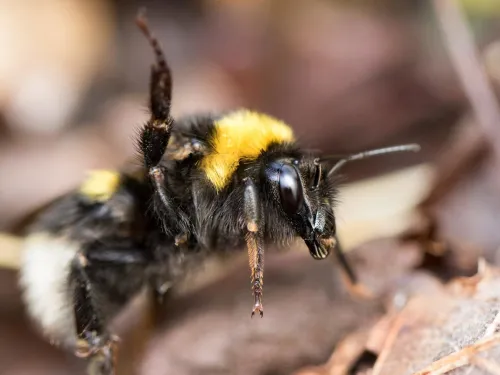
Unsurprisingly, the garden bumblebee can be found in the garden, buzzing around flowers like foxgloves, cowslips and red clover. It is quite a large, scruffy-looking bee, with a white tail. It nests in colonies.
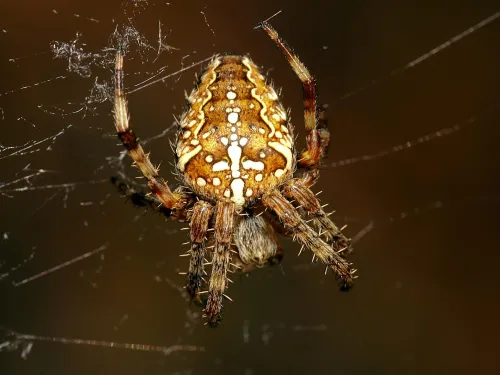
Have you ever stopped to look at the shape of a spider web? Garden spiders spin a spiral shaped web, perfect for catching lots of juicy prey!
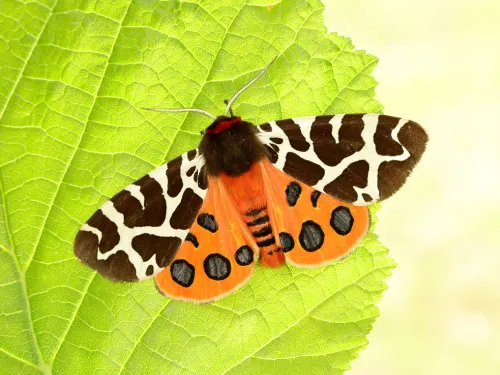
The garden tiger is an attractive, brown-and-white moth of sand dunes, woodland edges, meadows and hedgerows; it will also visit gardens. In decline, it is suffering from the 'tidying up' of our countryside.
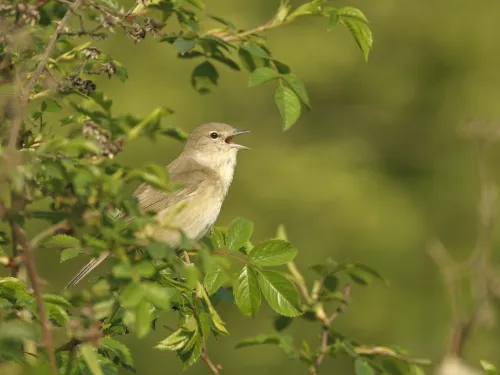
A plain-looking warbler, the garden warbler is a summer visitor to the UK. It is a shy bird and is most likely to be heard, rather than seen, in woodland and scrub habitats.
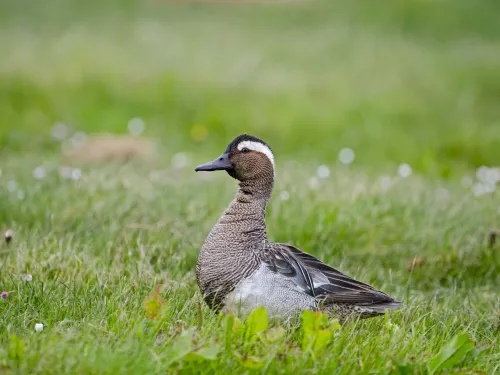
This scarce breeding duck is a summer visitor, spending the winter in Africa. Although large flocks can be found in their wintering grounds, they are usually only seen in pairs or small groups in the UK.
Favouring shady spots in woodlands and hedgerows, Garlic mustard can grow very tall. It has small, white flowers and, as its name suggests, smells faintly of garlic.

The gatekeeper is on the wing in summer on grasslands, in woodlands and along hedgerows. Look out for the large, distinctive eyespot with two 'pupils' on each forewing.
A good luck charm for travellers, Germander speedwell can be seen along roadsides, grassy lanes and hedgerows. Look for clumps of bright blue flowers.